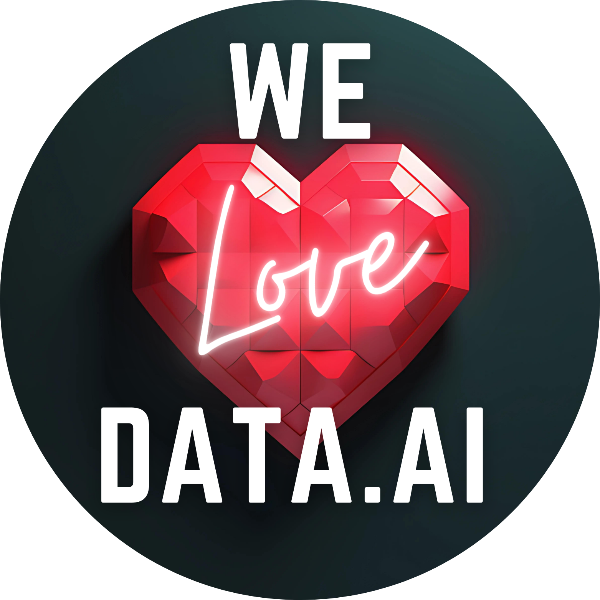Robotic Process Automation (RPA) is a form of software-based robotics that automates repetitive, rule-based tasks traditionally performed by humans. These
"robots" don’t have physical bodies, but they work tirelessly in the background, handling tasks like:
✅ Extracting data from spreadsheets and databases
✅ Filling out forms and processing transactions
✅ Managing email workflows and approvals
✅ Transferring data between different systems
Essentially, RPA bots act like a digital workforce, mimicking human actions within software applications but doing them much faster and without errors.
Example: Think of an RPA bot as a super-efficient virtual assistant that can process invoices, log into systems, and send emails while you focus on more important work.
While RPA automates structured, rule-based tasks,
AI-powered agents take things further by making intelligent decisions, learning from data, and adapting over time. AI bots can:
🤖 Understand and generate natural language (like ChatGPT)
📊 Analyse complex datasets and identify trends
💬 Hold conversations and make recommendations
⚙️ Interact dynamically with users rather than following strict rules
Example: A chatbot that responds to customer service queries is an AI agent, while an RPA bot is the system that fetches the customer's data in the background.
When combined, RPA + AI = Intelligent Automation, creating self-sufficient systems that can manage entire workflows with minimal human intervention.
Physical robots exist in warehouses, hospitals, and homes, but digital robots live inside computers and the cloud. Both play a role in automation:
So, when we talk about "robots" we need to include the entire automation ecosystem—not just physical machines!
Many organisations still assume that automation means installing expensive robotic arms or industrial machines. But in reality, most businesses can start with software-based automation to save time, reduce costs, and improve accuracy in everyday tasks.
🚀 RPA and AI agents free up human workers to focus on creativity, problem-solving, and strategy.
💡 Businesses that embrace digital automation scale faster and improve efficiency without adding extra staff.
📈 Future-proofing: Companies that leverage both physical and digital robotics will lead in innovation.
Robots are no longer just physical machines—they are also intelligent digital workers helping us behind the scenes. Whether it’s an RPA bot automating invoices or an AI agent recommending your next Netflix show, robotics is shaping our world in ways many people don’t even realise.
So, the next time someone says, "Robotics is just about machines with arms and legs,"— you know better!
If you're looking to learn more about intelligent automation, check out We Love Data and AI, where we demystify these tech topics for beginners.

